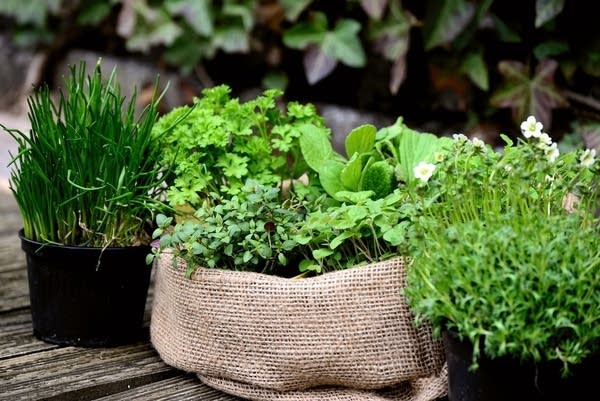Spring is here! What gardening questions do you have?

After an abnormally long, cold spring, it’s finally starting to warm up in Minnesota. That means it’s time to start working on your spring garden.
Conger Design/Pixabay
Go Deeper.
Create an account or log in to save stories.
Like this?
Thanks for liking this story! We have added it to a list of your favorite stories.


